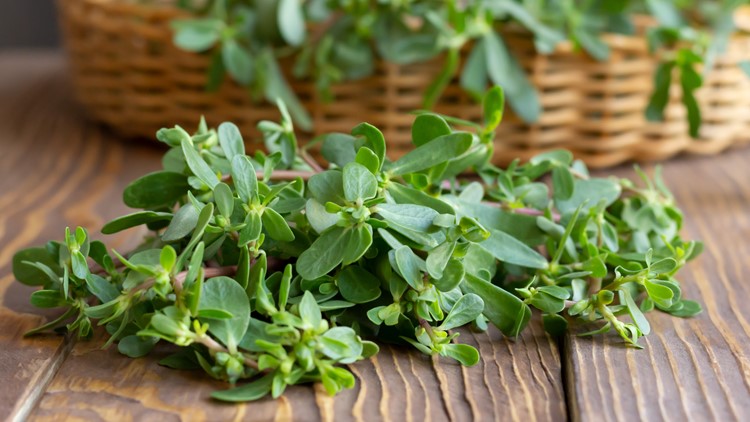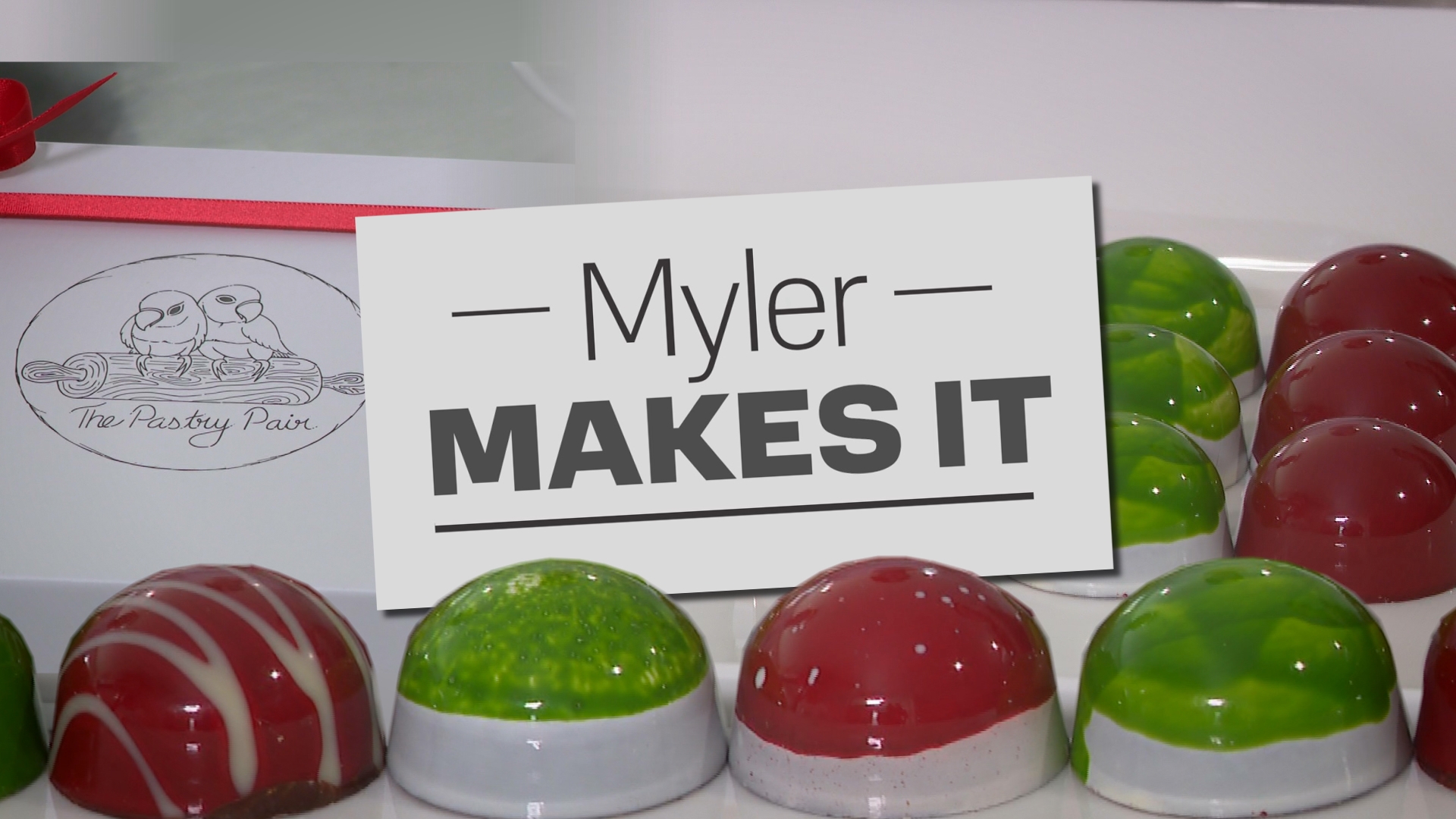MAINE, USA — Warmer weather means more Mainers will be outdoors foraging, and experts say they have plenty of options from wild berries to herbs, including some that most might not even consider.
Tom Seymour is an experienced Maine forager who has written several books on the subject. Seymour told NEWS CENTER Maine that he picked up foraging more than 60 years ago from his grandparents, who were "old country people relying on wild plants and things." They relied on foraging for food and medicine.
"I've done it all my life," Seymour said.
Seymour told NEWS CENTER Maine about the different plants he enjoys foraging for in his garden and out in the wilderness, including what most would consider weeds in their gardens, fit only to be uprooted.
Lamb's quarters

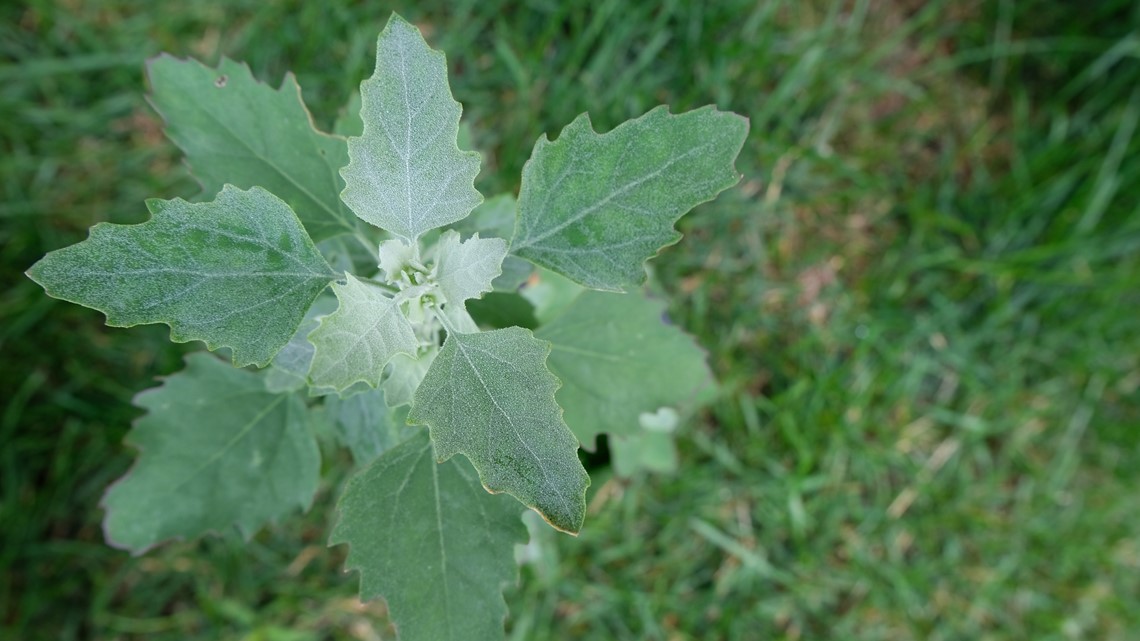
While weeding the garden during summer, Mainers might come across lamb's quarters. Seymour says it will grow taller than three feet, and if gardeners leave it alone it can serve as a pest trap, luring some bugs to it and allowing nearby planted vegetables to remain unscathed.
"I allow the first crop of lamb's quarters to grow six to eight inches tall," Seymour said. Then, he weeds them.
The Maine author says he strips the leaves and upper part of the plant and blanches them.
"They're delicious," Seymour said.
He added that the lamb's quarters are sweeter than spinach.
"It's probably the most delicious and sweet and desirable leafy green around," Seymour said. "You can't buy any."
Quickweed

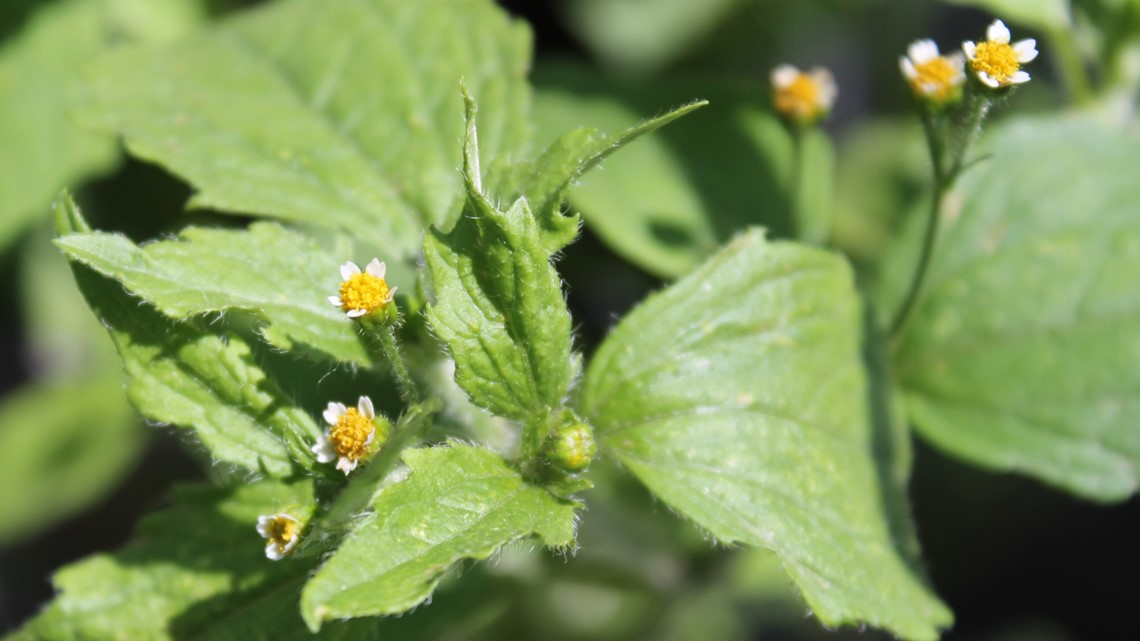
Seymour says he started seeing quickweed about 25 years ago, and once it's in garden soil, it's there to stay. There's no getting rid of it.
It should be pulled up by the roots and cooked by simmering in water. Lightly boil it. When it gets tender, Seymour said he'll drain it and serve the plant with butter, salt, and pepper.
"It's an excellent plant. It tastes so good," Seymour said.
Purslane

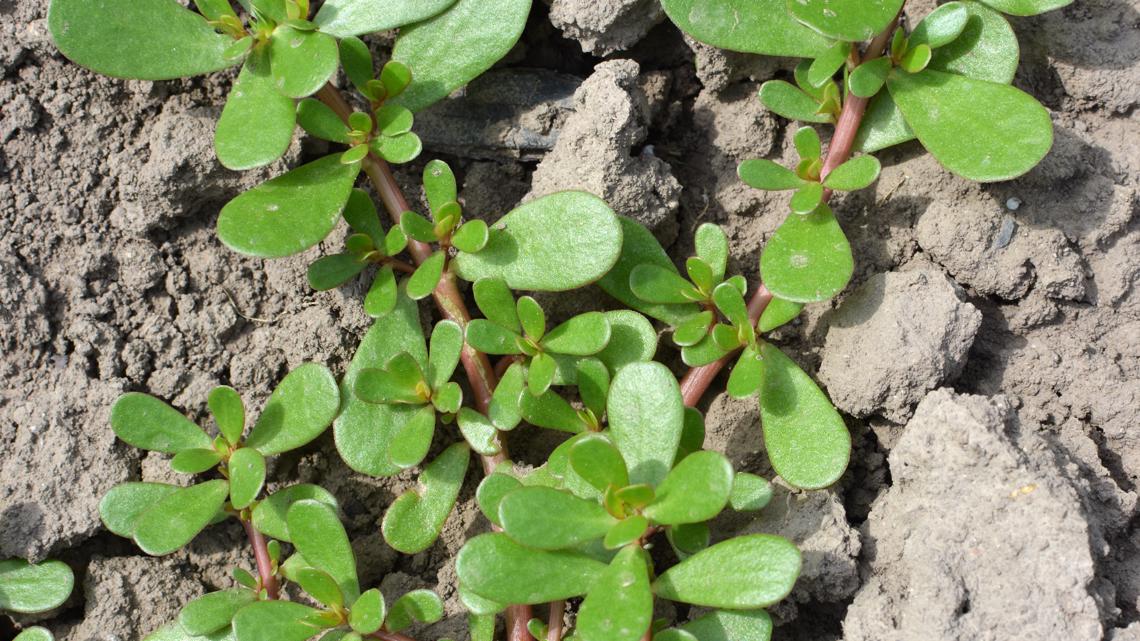
Purslane is a vining plant that, if left unattended, will take over the garden, according to Seymour. He added that the plant is very oily, and it turns out that oil is omega−3, which is a fatty acid.
"That puts it in the wicked healthy department," Seymour said.
The author says he likes to pull it up by the roots, discard the bottom, chop it up, and make a stir-fry.
"It can be the basis for a stir-fry or stand on its own," Seymour said. "Some of these things, they're as good as what we grow in the garden."
Most Mainers will likely have one of the three plants mentioned above present in their garden, according to Seymour.
Common milkweed

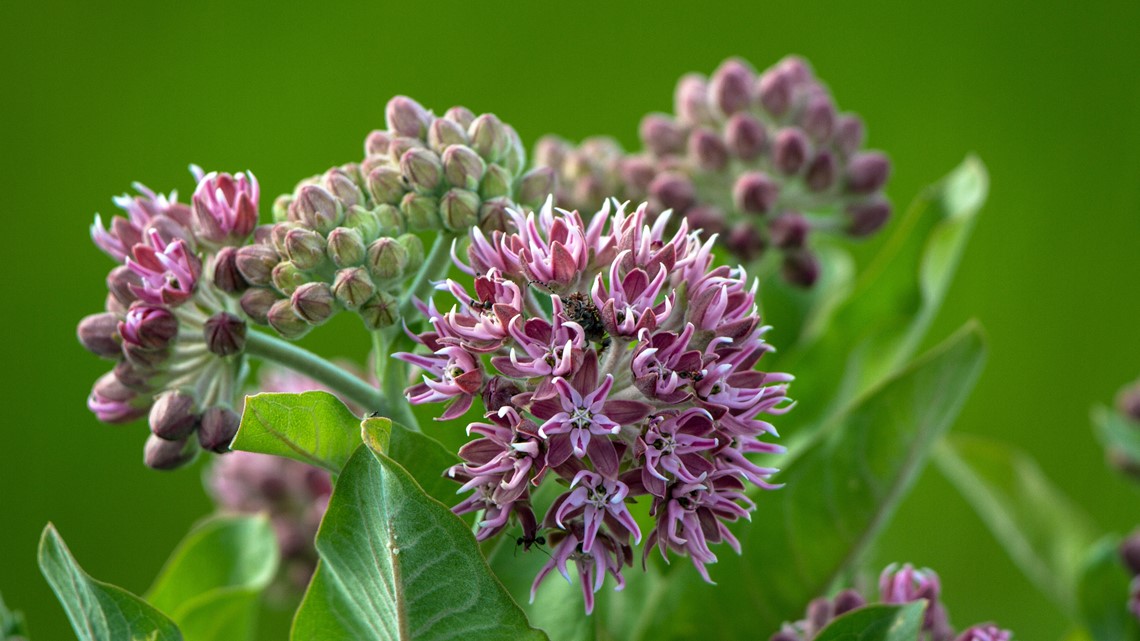
Common milkweed grows out in the wild, and Seymour says it should be picked only with a large stem. Right now, milkweed will be growing soon and going into blossom. The blossoms are huskers tightly packed that look like little broccoli heads. Seymour told NEWS CENTER Maine that if they're steamed, they're delicious.
As for the seed pods, they should be boiled for 15 minutes, and the white stuff inside becomes a starchy product that resembles mashed potatoes, according to Seymour. He added the whole thing could be eaten, and it's great with butter.
Common cattail

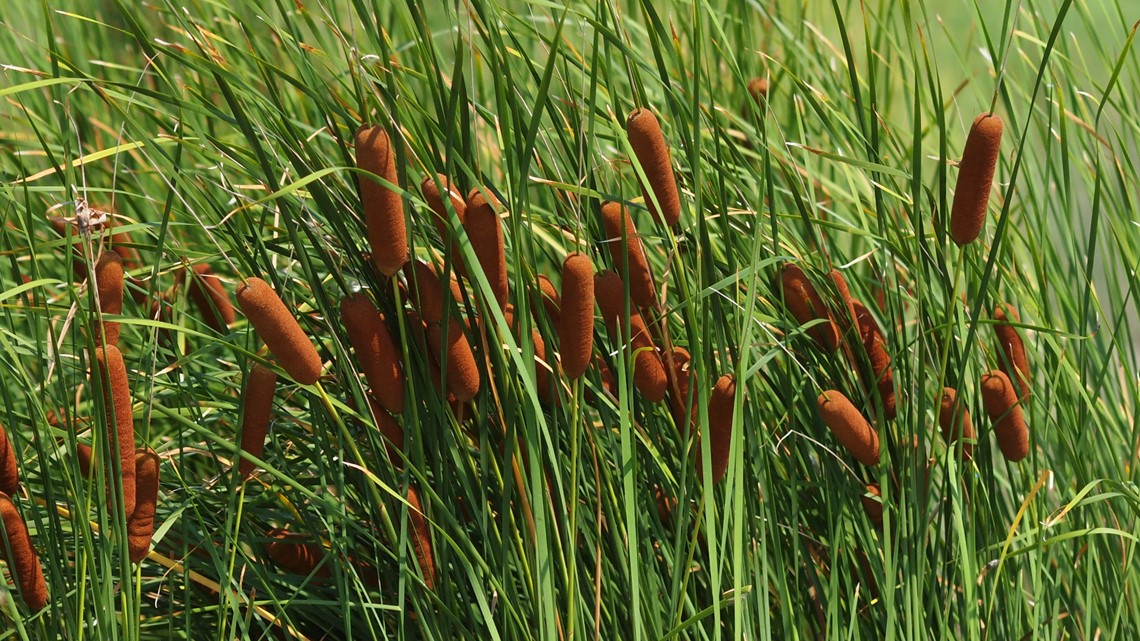
"Everyone has access to cattail," Seymour told NEWS CENTER Maine.
In early June, the young shoots can be peeled off and the inner part can be cut up and dropped into salads.
As it gets bigger towards July and puts on the seed stalk, check to see if it crumbles. If it crumbles easily, Seymour said it's ready to go.
He recommends cutting it off, usually around July 4. Don't wash it. Boil it for 15 minutes, and eat it like corn on the cob. Seymour added that it's sweet and crumbly.
Seymour used to host wild food meetings and said those who ate it have never complained.
After the cattail forms and has turned green, it'll swell and eventually turn brown. Then, it gets covered with yellow pollen. Seymour says tapping the plant with a bag under it is a great way to collect that pollen, which can be used as flour.
The Maine author says he enjoys using the pollen half-and-half with wheat flour to make cattail pollen muffins. It has a very rich flavor.
Before first-time foragers go hunting for any of this stuff, though, Seymour recommends getting a guide or even a guidebook to ensure they harvest the correct plant.
"If your plant doesn't meet every qualification in the book, don't eat it," Seymour warned. "You must go by everything it says in the guidebook. There are as many bad plants as good ones."
One of the biggest mistakes first-time foragers can make is picking mushrooms they're unsure about.
"You only eat a mushroom when you're entirely certain about its identity," Seymour said. "No guesswork. You get one chance, y'know? You blow it, done for good."
Foraging in state parks
Maine's state parks receive millions of visitors each year, officials say. And some of them are foragers.
Gary Best is the southern regional parks manager for the Maine Department of Agriculture, Conservation, and Forestry.
Mainers are allowed to forage in state parks, but specific rules exist.
Fruits and berries can be gathered and foraged for personal consumption only, up to a peck per person daily, according to Best.
This includes everything from blueberries to apples. Best said it also includes the fruiting portion of fungus as something that could be collected.
"As far as herbs or decorative berries, balsam tips, those would not be allowed to be gathered at a state park," Best said.
Nor is chaga collection allowed. It grows on a birch tree and has a symbiotic relationship. Removing it can harm the tree.
Right now, Mainers don't have to check in with rangers or show what they've harvested in state parks.
"It's a trust system," Best said.
A ranger might ask to see what someone is gathering, but there are no official check stations.
"Our intent is to manage these areas to protect and conserve the natural resources as well as providing recreational opportunities for folks," Best said.
The manager echoed Seymour in warning first-time foragers to be cautious about what they consume.
"Know what you're gathering," Best added.
But the number one rule in state parks is not damaging or taking natural things or cultural resources from the park, according to Best.
Foragers can also gather a peck of clams per person daily at state parks like Wolfe's Neck Woods State Park in Freeport and Cobscook Bay State Park in Dennysville, Best said.
Maine foragers
Elizabeth Lee started foraging 20 years ago as a stay-at-home mother.
"I primarily got into foraging because it was a fun outdoor activity that I could do with my three sons," Lee said.
Lee primarily forages for wild berries, medicinal herbs, mushrooms, edible weeds that sprout in her vegetable garden, and seaweed.
As for first-time foragers, she recommends paying attention to your location to avoid getting lost.
Lisa Webber has been foraging for over 50 years. She said her grandmother and parents always foraged for fiddleheads, dandelion greens, and wild strawberries.
"And as a child, I always loved to find wild violets and trout lilies because they are my two favorite colors," Webber said. "I was very excited to learn later in life that they are both edible!"
During summertime, Webber says she looks for Indian cucumber, sweet fern, edible mushrooms, spruce tips, sorel, and hazelnuts.
"I am continually learning about new edible plants," Webber said.
She wants first-time foragers to know many of the edible foods that are foraged are also medicinal and should be treated with knowledge and caution.
"There are look-alikes that may cause irritation or poisoning, so be absolutely sure you know what you are foraging for," Webber advised.
Webber added that guidebooks could be a great resource.
"I learned about edible plants from my family and also from local herbalists and foragers, so spend a few bucks to gain a wealth of knowledge," the Maine forager said.


